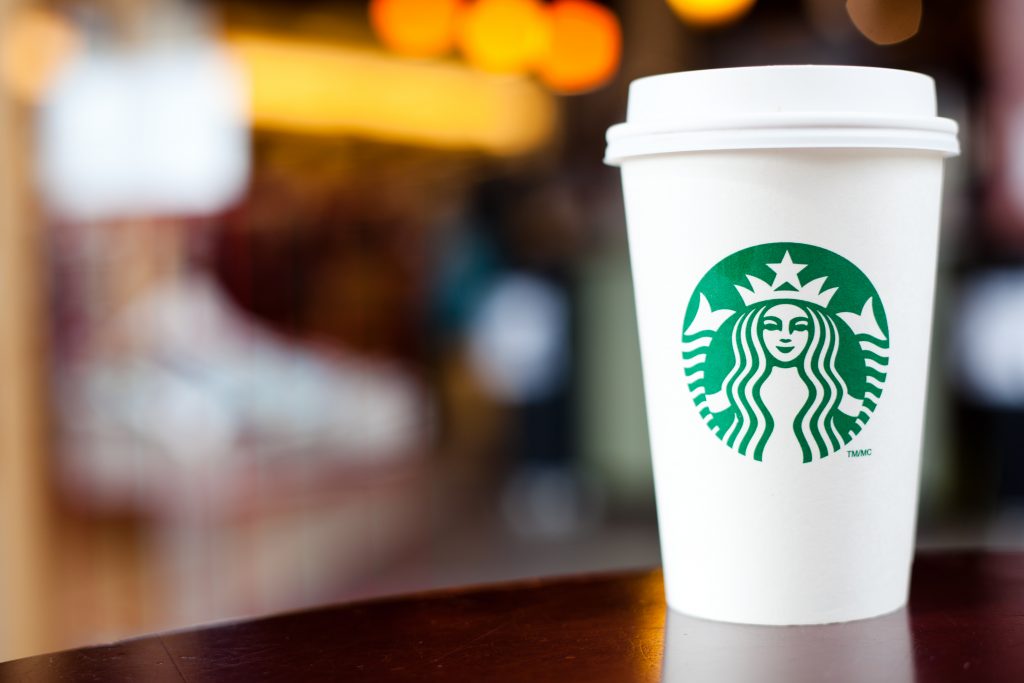
Is No Name Marketing a Good Brand Strategy?
Traditional advertising attaches great importance to putting your brand name at the forefront of campaigns. However, in the age of social media and digital marketing, does this received wisdom still hold true?
No name marketing appears, at first, to be something of a contradiction. Surely companies, big and small, must spell out exactly who they are in their advertisements? Well, according to the likes of Doritos, MasterCard, Apple and Nike, maybe not so much.
According to Allen Adamson writing in Forbes, one of the most effective ways for a brand to break through today’s cluttered marketing environment is “visual clarity.” In theory, they argue, the most simplistic of branding – with no name – can help cut through the noise.
Let’s take a look at some brands who have taken the plunge with a nameless logo. And see if they’ve been successful.
Is ‘no name’ marketing new?
While this article will deal with some of the more recent attempts at no name marketing, it’s worth first considering the proponents of this innovative brand strategy from Canadian brand, “No Name”.
Launched in 1978, No Name is a generic brand of everyday food and household products created by the grocery chain Lublow. Today, it’s one of Canada’s most recognisable brands – despite remaining painstakingly committed to its no name brand and marketing.
No Name pitches quality products at affordable prices, linking to its extremely simple branding: a signature yellow and black colourway with the name of the product in black Helvetica font.
will not replace oven pic.twitter.com/FJ85f1c6Zq
— no name (@NoNameBrands) November 22, 2019
When it comes to marketing, No Name verges on “self-parody, taking its distinct personality to bizarre comedic heights” according to AdAge. For example, the brand’s website is stamped ‘Website’. On social media, the brand enjoys taking its idiosyncratic tone to the next level, as you can see here.
add liquid before drinking pic.twitter.com/YO55WLcFqb
— no name (@NoNameBrands) December 20, 2019
An extreme example of the trend, No Name nonetheless shows the power of simplicity when it comes to branding. It also highlights the fun businesses can have with marketing when a brand has a unique tone and identity.
Doritos
A more recent installment in the trend of no name marketing comes from Doritos. In August 2019, the iconic tortilla chip brand removed its name in a digital marketing campaign called “Another Level” – which featured the following TV ‘Anti-ad’:
Replacing the Doritos name inside the brand’s triangle logo is ‘Logo Goes Here’, in a bid to challenge consumers to recognise the brand without a product name. According to Rachel Ferdinando, senior vice president of marketing at Frito-Lay, who spoke to the Wall Street Journal, the brand’s experiment with no name marketing targeted a “desire to reject traditional advertising” among Generation Z consumers.
Doritos also created a new website called thelogogoeshere.com as part of its digital campaign, with the “real thrust of the campaign” focused on digital and social media marketing, according to Rachel Ferdinando.
Of course, if you pop into your local supermarket today, Doritos will still be emblazoned on the tortilla chips packet, as the brand did not permanently ditch its name from all advertising materials.
In contrast though, some brands have done just that:
MasterCard
MasterCard announced it would be removing its name from all branding last January as part of a wider strategy shift for the company.
According to Raja Rajamannar, chief marketing and communication officer: “reinvention in the digital age calls for modern simplicity”. The theory is, as the technology company is no longer just a card business, a name-free logo will help to create a new identity. And, as it is such a recognisable brand, consumers will already know instantly that an interlocking pair of red and yellow circles represents MasterCard.
Is it successful?
No words: Mastercard to drop its name from its logo. https://t.co/5Ok9q3ck4f pic.twitter.com/U0qmsSJeWm
— CNBC (@CNBC) January 7, 2019
Starbucks
Starbucks was one of the first brands to opt for a nameless logo, back in 2011. The ambitious move was attributed to the US coffee chain’s desire to expand beyond just selling coffee.
Fast-forward eight years and it looks like it was the right decision. The old branding looks dated versus the all-green siren logo now used across the world. Back in 2011, there were concerns that customers wouldn’t recognise the brand without “Starbucks” and “Coffee”, but the chain’s expansion, geographically and in the range of products it sells, suggests otherwise.

Credit – Credit:garett_mosher
So, where do we stand on no name marketing – does a brand by any other name, smell as sweet?
The brands that are successful in nameless endeavours enjoy a privileged status – they’re all already globally recognised. Juggernauts like Nike and Apple have long employed symbols and iconography as core elements of their brand. Doritos has the fairly unique advantage of a product that itself has a recognisable shape. And MasterCard and Starbucks have been around for so long that they can afford to take risks with a nameless logo.
For smaller brands just starting out, it may be too risky to launch a nameless strategy (what will people use to search for them online, for a start?). It takes time to build up the kind of brand recognition the companies described above have cultivated with consumers. Less established brands hoping to make a name for themselves should invest in their brand by:
- Using data and insight to inform their creative and carve out a niche
- Committing to consistency of message and in their visual identity
- Ensuring the brand “works” on the platforms used by the customers they want to engage.
Looking to take your brand to the next level? Get in touch today to see how we can bring some fresh thinking to your communications by developing a meaningful brand strategy.
